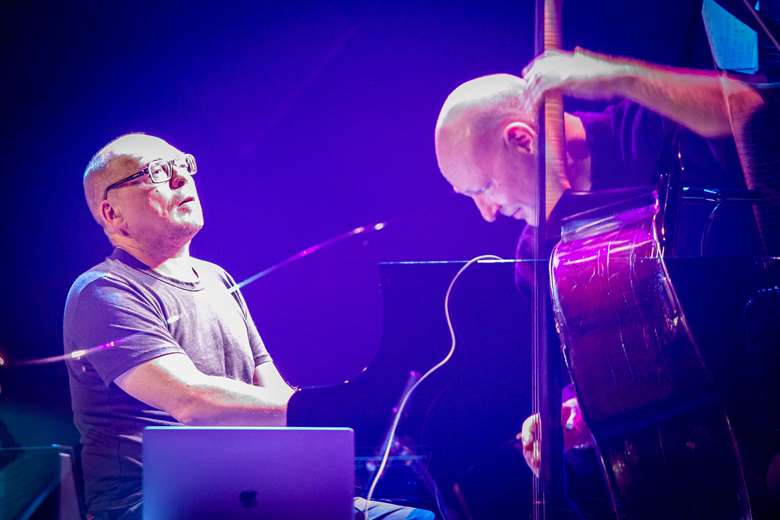Rymden Rock Tallinn At Jazzkaar 2020
Martin Longley
Wednesday, November 4, 2020
The Nordic super-trio were among the highlights of this top Estonian jazz fest


Register now to continue reading

Thank you for visiting Jazzwise.co.uk. Sign up for a free account today to enjoy the following benefits:
- Free access to 3 subscriber-only articles per month
- Unlimited access to our news, live reviews and artist pages
- Free email newsletter